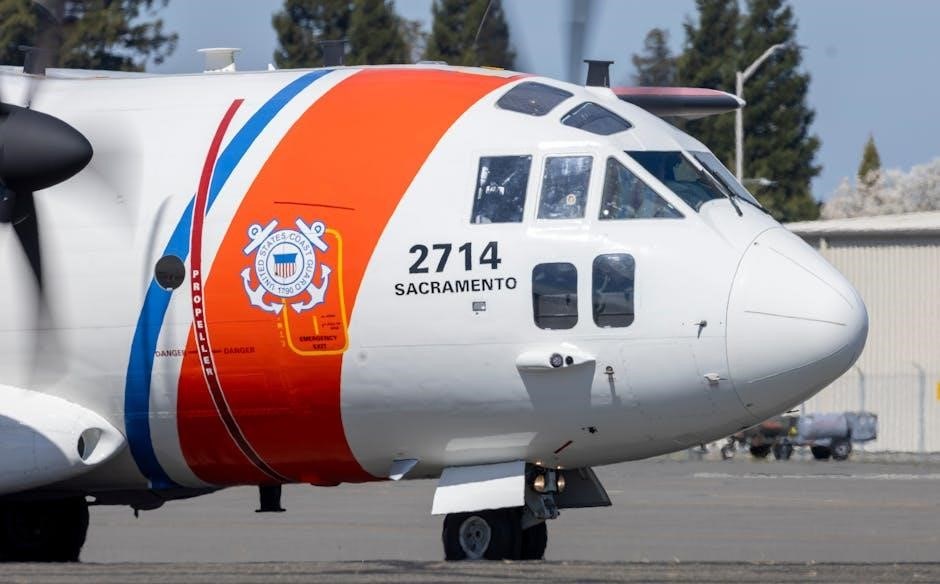Integrated flight instruction combines theoretical knowledge with practical flight training using
various methods
and techniques to enhance student learning and retention always effectively.
Definition and Purpose
Integrated flight instruction is a method of teaching that combines different aspects of flight training into a single, cohesive program. The purpose of this approach is to provide students with a comprehensive understanding of flight principles and practices. This method is designed to help students develop the skills and knowledge they need to become competent pilots. By integrating theoretical knowledge with practical flight training, students can learn more effectively and retain information better. The goal of integrated flight instruction is to produce well-rounded pilots who are prepared to handle a variety of situations.

Benefits of Integrated Flight Instruction
Enhances student learning and retention with effective training methods always.
Improved Situational Awareness
Integrated flight instruction enhances situational awareness by combining visual references and flight instruments, allowing students to better understand their environment and make informed decisions. This approach helps students develop a more comprehensive understanding of the aircraft’s position and movement. By using both visual and instrument references, students can improve their ability to navigate and control the aircraft, reducing the risk of errors and improving overall safety. Effective integration of visual and instrument references is critical to achieving improved situational awareness in flight training, leading to better pilot performance and decision-making.
Conducting Integrated Flight Instruction Courses
Integrated flight courses are conducted as single full-time courses with competency checks always included for student assessment purposes effectively.
Full-Time Courses and Competency Checks
Full-time integrated flight instruction courses include competency checks to assess student progress and understanding of flight maneuvers and techniques. These checks are an essential part of the learning process, allowing instructors to evaluate student performance and provide feedback. By conducting regular competency checks, instructors can identify areas where students need improvement and provide targeted training to help them achieve their goals. This approach helps to ensure that students are well-prepared for their future careers as pilots, and that they have the skills and knowledge needed to succeed in the aviation industry effectively always.

Technical and Administrative Procedures
Operators document technical and administrative procedures for integrated flight instruction purposes always using standard methods.
Documentation and Problem-Solving
Documentation is crucial in integrated flight instruction, it helps address problems found during instruction, and operators should keep records of student progress, using standard methods and procedures to ensure efficient and safe operations, and to identify areas that need improvement, and provide solutions to problems, and this documentation also helps instructors to evaluate student performance and provide feedback, and to develop strategies to improve student learning outcomes, and to ensure that students meet the required standards, and to maintain high-quality training programs, and to continuously improve the instruction process.
Evaluation and Feedback
Regular evaluation and constructive feedback are essential components always.
Positive and Constructive Feedback
Providing positive and constructive feedback is crucial in integrated flight instruction, as it helps students identify areas of improvement and develop their skills effectively. Instructors should focus on offering specific and actionable feedback that is tailored to the individual student’s needs and learning style. This approach enables students to learn from their mistakes and build confidence in their abilities, ultimately leading to better flight instruction outcomes and safer flying practices, which is essential for successful integrated flight instruction programs and courses always with great results.
Basic Flight Maneuvers
Flight instructors teach students essential flying skills using integrated methods always effectively every time.
Using the Integrated Flight Instruction Method
The integrated flight instruction method is a proven technique for teaching flight students, it combines visual references and flight instruments to improve situational awareness and control of the aircraft. This method is essential for efficient and safe flight operations, and it helps students to develop good habit patterns. The use of integrated flight instruction method also enhances the student’s ability to perform flight maneuvers effectively, it is a valuable tool for flight instructors to teach students the necessary skills to become competent pilots, and it is widely used in flight training programs.

Student-Centered Instruction
Students learn effectively through interactive and engaging
learning activities
and hands-on experiences always.
Student Does/Instructor Evaluates
The instructor evaluates student performance during flight training, providing feedback on technique and safety procedures. This approach helps students develop muscle memory and improves their ability to perform complex maneuvers. By focusing on student-centered instruction, instructors can tailor their teaching to meet individual needs and learning styles. The student does the maneuver, and the instructor evaluates their performance, providing guidance and support to help them improve. This approach is essential for effective integrated flight instruction, as it allows students to learn and practice new skills in a supportive and structured environment, with ongoing evaluation and feedback.
Safety in Flight Training
Emphasizing safety procedures and protocols ensures a secure learning environment always using proper techniques and equipment effectively every time.
Procedural Safety and Habit Patterns
Procedural safety is crucial in integrated flight instruction, teaching students to prioritize safety habits and protocols in every flight scenario and situation always. By incorporating safety procedures into daily habit patterns, students develop a strong foundation for safe flying practices and techniques. This approach enables students to react instinctively and make sound decisions in emergency situations, ensuring a secure learning environment and effective flight training experience with proper techniques and equipment always.

Teaching Safe Flying Techniques
Instructors teach safe flying techniques using integrated methods and procedures always effectively.
How to Do it Safely
To do it safely, instructors must teach students to prioritize safety above all else, using integrated flight instruction methods and techniques to minimize risks and ensure safe operations always. This involves teaching students to think critically and make sound decisions in the cockpit, using a combination of theoretical knowledge and practical skills to navigate complex situations and avoid potential hazards, while also promoting a culture of safety and responsibility in all aspects of flight training and operations effectively.
Integrated flight instruction provides effective training methods and techniques always successfully.
Effective Integrated Flight Instruction
To achieve effective integrated flight instruction, instructors must consider various factors, including student learning styles and abilities, and tailor their teaching methods accordingly, using a combination of theoretical and practical training, and continuous assessment and evaluation to ensure students meet the required standards, and by doing so, they can provide high-quality training that prepares students for real-world flying scenarios, and help them develop the skills and knowledge needed to become competent and safe pilots, with a strong focus on safety and efficient operation of aircraft.
